In addition to the orientation to encourage entrepreneurship and innovation, Resolution 68 emphasizes the need to promptly develop and perfect laws, mechanisms and breakthrough policies, promoting the development of the private economic sector in the application of science and technology, innovation, digital transformation and startups.
Over the years, innovation and digital transformation have been strongly promoted, but the financial exploitation of intellectual property, the direct result of the innovation process, has not received due attention. The focus of intellectual property management needs to shift from establishing and protecting ownership rights to assetizing, commercializing and marketizing intellectual property.
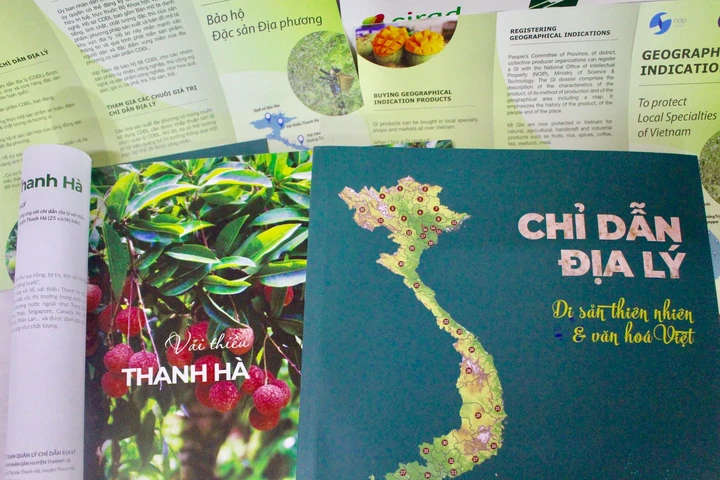
For this transformation to become a reality, the prerequisite is to build a market, recognize the value of intellectual property, and allow the transaction, commercialization and use of intellectual property as a financial tool. In that context, Resolution 68 plays a guiding role, orienting the removal of institutional obstacles, perfecting the legal framework for the financial exploitation of intellectual property, thereby creating conditions to turn knowledge into tangible assets, protecting the rights of owners, promoting innovation, entrepreneurship and private economic development in Vietnam.
In Vietnam, intellectual property is not currently specifically regulated in the Law on Intellectual Property but is understood to be associated with the intellectual property rights of organizations and individuals regarding inventions, industrial designs, trademarks, trade secrets, plant varieties, scientific works and other creative objects.
According to the provisions of the Circular guiding the valuation of scientific research and technological development results, intellectual property is considered an intangible asset, creative, identifiable and controllable, and at the same time brings economic benefits to the owner. However, the current regulations are still inconsistent and do not clarify the common application mechanism for all subjects and entities of intellectual property.
Financial exploitation of intellectual property is understood as the exploitation of financial resources that can be expected from the value of intellectual property. Although this concept has not been clearly defined in Vietnamese law, in reality, forms of exploitation such as licensing, transfer, franchising, mergers and acquisitions or capital contribution with intellectual property have been recorded in many different documents. However, intellectual property in our country is only used to generate revenue in production and business activities, there is no mechanism allowing it to be recorded and exploited as an independent financial asset.
In the world , the financial exploitation of intellectual property has been implemented in many diverse forms. In the mortgage model, intellectual property can be used as collateral for loans, helping owners reduce financial costs. In the securitization model, intellectual property becomes the basis for issuing securities, helping to mobilize capital in the market. The sale-leaseback model allows businesses to receive short-term capital but still retain the right to commercially exploit the property. These models show the value and flexibility of intellectual property when recognized in the modern financial system.

The spirit of Resolution 68 also requires the completion of the legal framework to remove barriers, create a transparent and stable business environment, and protect property rights, including intellectual property rights and intangible assets. The Resolution also encourages innovation in credit methods, allowing financial institutions to lend based on intangible assets and assets formed in the future.
However, the Vietnamese legal system still has major gaps that make it difficult to implement the goals of Resolution 68. There are no specific guidelines for the valuation of intellectual property; there are no clear regulations to recognize intellectual property as a type of asset used to mobilize capital, mortgage, or record in accounting books. At the same time, the financial exploitation mechanism after valuation does not guarantee the rights of related parties.
In the global context, the value of intangible assets is increasing rapidly. In 2024, the total value of global intangible assets will reach 80 trillion USD, a 13-fold increase in 25 years. The world's leading brands account for more than 13 trillion USD in value. This affirms that intangible assets, especially intellectual assets, have become a key resource determining the competitiveness of businesses and countries.
For Vietnam, the early completion of the legal mechanism for financial exploitation of intellectual property is an urgent requirement. It is necessary to build a set of criteria for intellectual property valuation that is unified, transparent, and easy to apply; form a public intellectual property trading market; develop an insurance mechanism for loans based on intellectual property to minimize risks for credit institutions; and at the same time, encourage banks and investment funds to establish financial products based on the value of intellectual property.
When the legal framework is completed, intellectual property will become a real resource of the knowledge economy, contributing to promoting innovation, improving competitiveness and creating a solid foundation for sustainable development. Financial exploitation of intellectual property not only helps businesses access capital more conveniently, but also awakens the intellectual potential of Vietnamese people, an invaluable asset in the digital age and artificial intelligence.
Source: https://mst.gov.vn/hoan-thien-khung-phap-ly-khai-thac-tai-san-tri-tue-trong-boi-canh-thuc-hien-nghi-quyet-68-nq-tw-197251011211711413.htm


![[Photo] Discover unique experiences at the first World Cultural Festival](https://vphoto.vietnam.vn/thumb/1200x675/vietnam/resource/IMAGE/2025/10/11/1760198064937_le-hoi-van-hoa-4199-3623-jpg.webp)







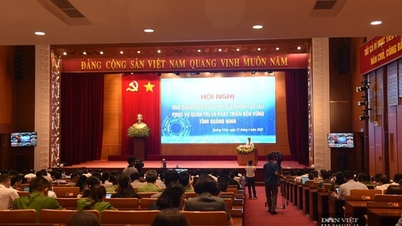
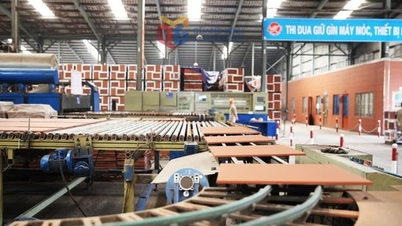
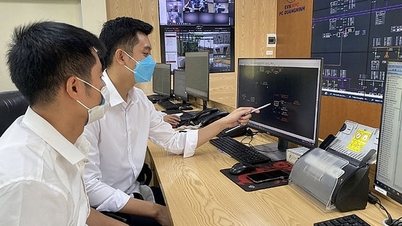

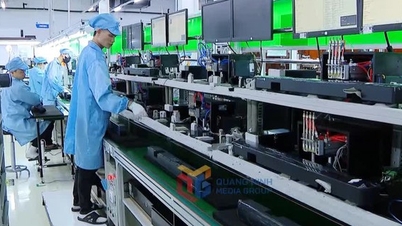




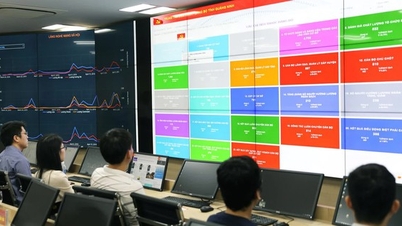

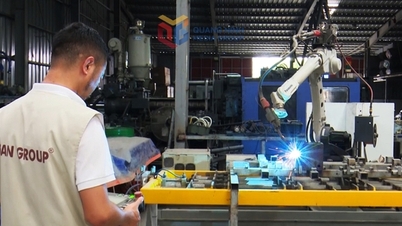
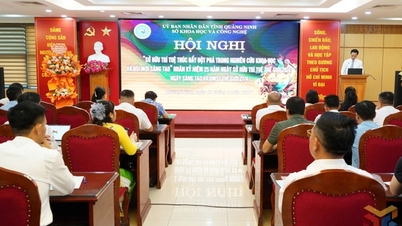

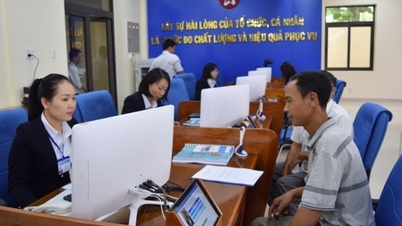
![[Photo] General Secretary attends the parade to celebrate the 80th anniversary of the founding of the Korean Workers' Party](https://vphoto.vietnam.vn/thumb/1200x675/vietnam/resource/IMAGE/2025/10/11/1760150039564_vna-potal-tong-bi-thu-du-le-duyet-binh-ky-niem-80-nam-thanh-lap-dang-lao-dong-trieu-tien-8331994-jpg.webp)

































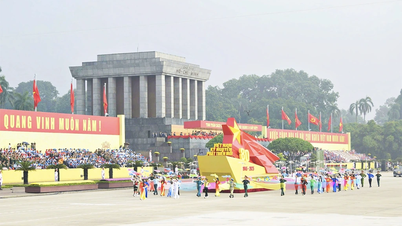

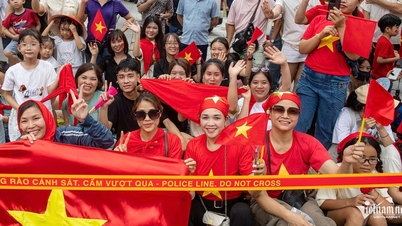








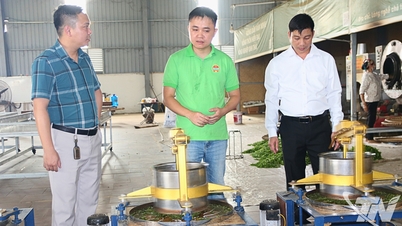

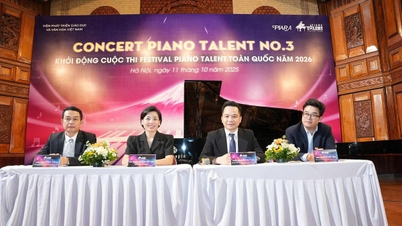


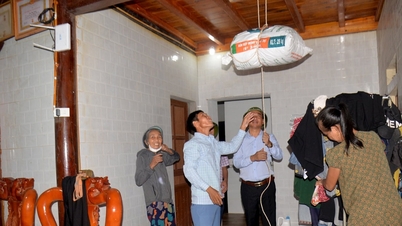














Comment (0)